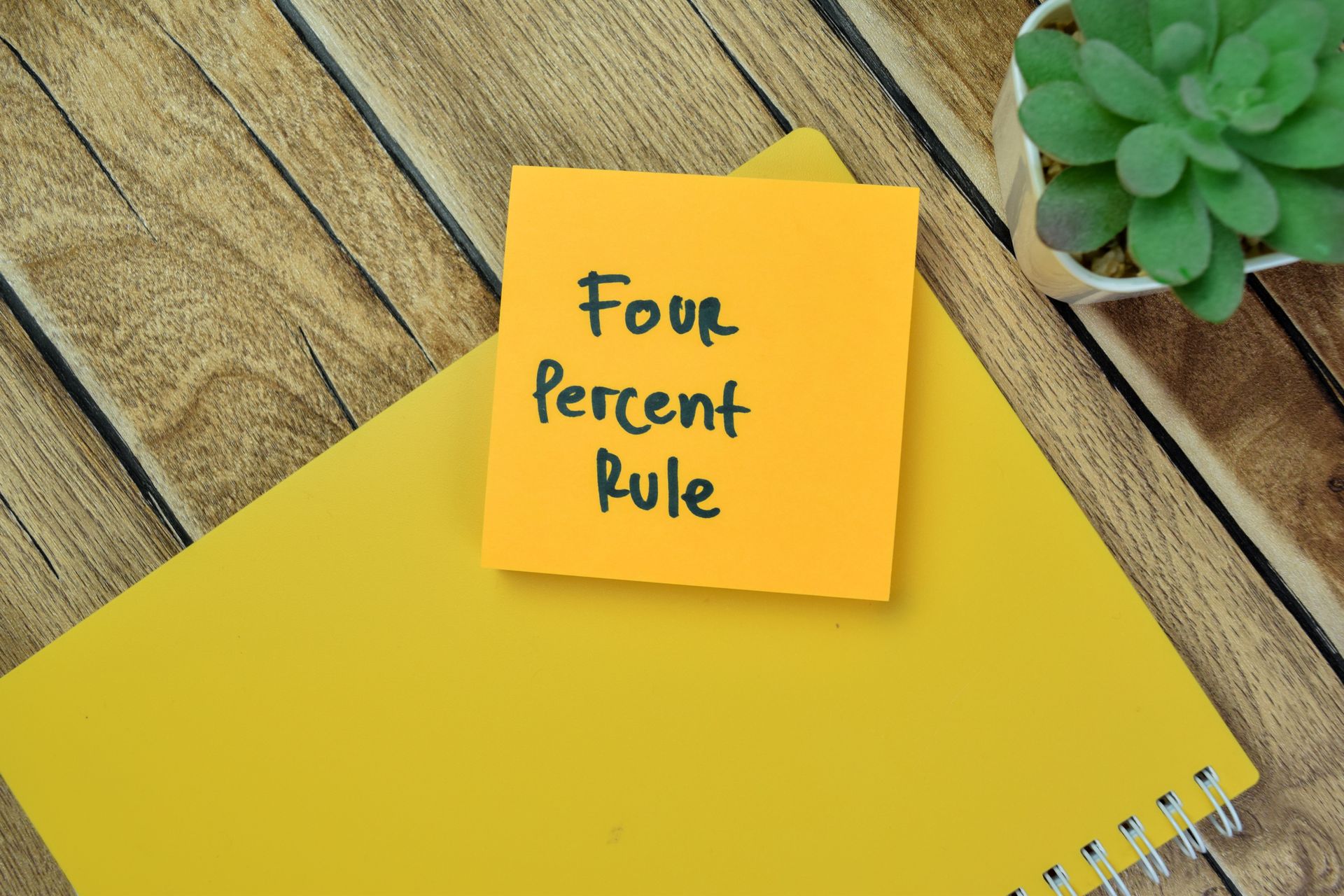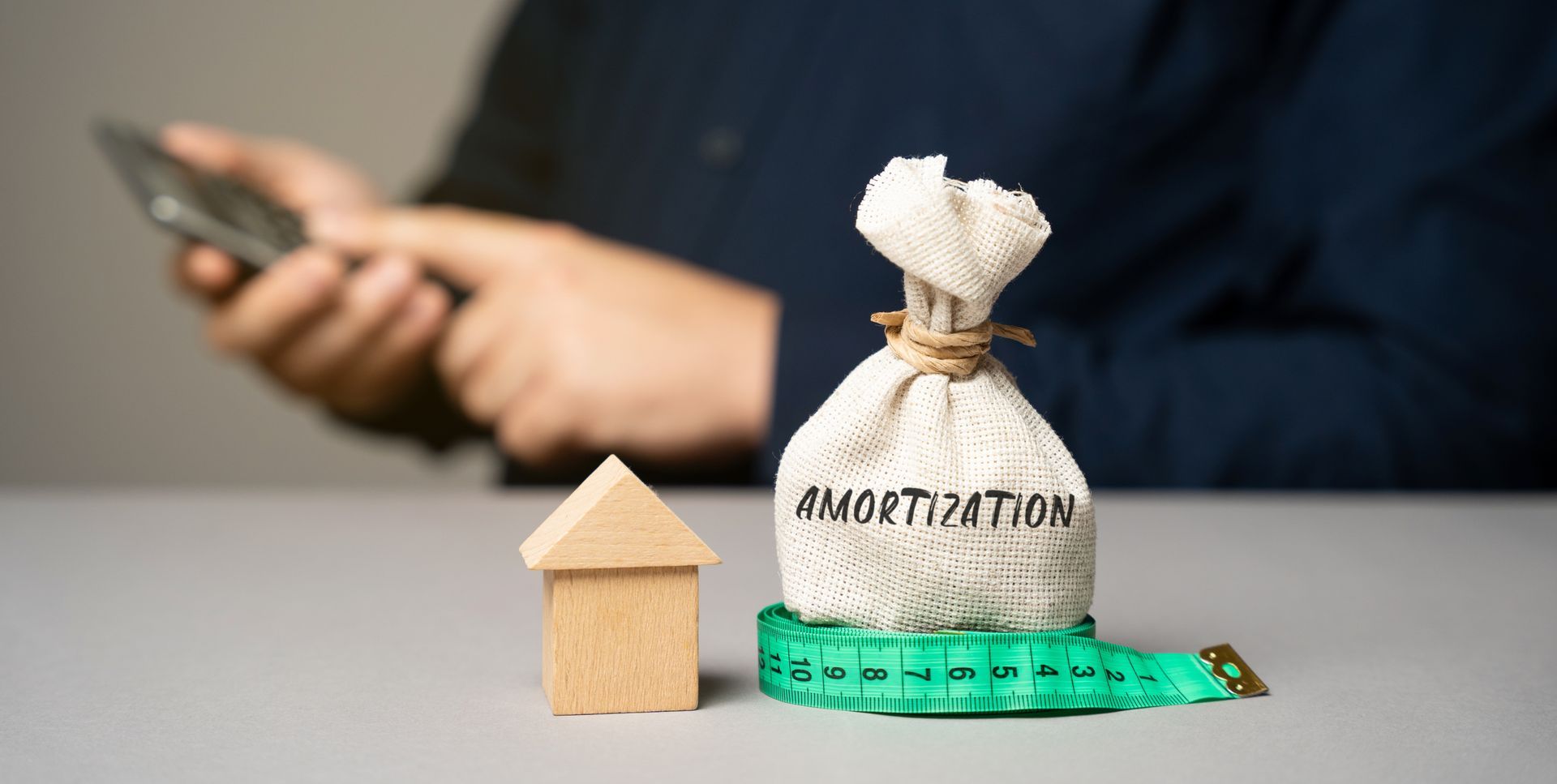Understanding the Financial Minimalist Plan in Tacoma, WA
There Are Two Types of People: Those Who Follow the Rules and Those Who Do What Is Right!
Because the bank profits from obedience — but freedom requires a different rhythm.
When Following the Rules Isn’t Freedom
We’re raised to follow the same financial rules: get a good job, buy a home, make payments, and build credit. That system feels safe, predictable. It’s what we’re told that responsible adults do. But here’s the truth: those rules weren’t written to make you free.
They were written to make your bank secure. When you follow the system exactly as it’s designed, you become reliable — a consistent, predictable source of profit.
Every payment you make, every extra year added to your term, every bit of revolving debt you carry, it all feeds the same machine. “The system doesn’t reward the rule breakers, it rewards the rule writers.”
Doing what’s right means questioning the system; not from rebellion, but from wisdom.
What the Bank Really Measures
Your credit score isn’t a badge of honor. It’s a profitability index. Banks judge your financial “health” by one thing: how dependable you are at making them money.
They don’t celebrate the person who pays things off early, they celebrate the one who pays on time for 30 years straight. The higher your score, the better you are at borrowing and repaying, with interest. But none of that measures ownership, peace, or independence.
A person can have an 800-credit score and still live paycheck to paycheck. That’s not freedom, that’s performance. So, stop judging yourself by the same metrics the bank uses to judge you.
They measure success by how much interest you pay. You measure success by how much time you reclaim.
“Credit is how banks measure your loyalty to their system, not your success in leaving it.”
What Doing What’s Right Really Means
Doing what’s right doesn’t mean skipping payments or living off the grid, it means designing your financial life to serve you first.
It means asking:
- Why does my mortgage need to take 30 years?
- Why do I send most of my income to interest instead of progress?
- Who benefits from the timing of my payments?
When you start asking those questions, you start to see the pattern: the system is built around slow interest, not low interest.
The Financial Minimalist Plan changes that rhythm. It’s built around timing, flow, and structure, not rates or refinancing.
Instead of chasing higher income or new debt products, you re-sequence what you already earn, so each dollar works twice: once to eliminate debt, and again to build wealth. That’s how you move from “paying off” to “building up.”
The Tacoma Reality
Here in Tacoma, it’s easy to feel like you’re doing everything right, yet never getting ahead.
Home values rise. Gas and groceries climb. Property taxes creep higher.
And even with a solid income, many families still feel broke by the 20th of every
month. In the South Sound, the average household sends 60–80% of income toward debt payments, bills, and expenses tied to interest.
That means before most people even start their work week, much of their
paycheck is already spoken for.
It’s not because they’re careless. It’s because the system was designed that way. The Financial Minimalist Plan helps Tacoma families reclaim that flow, not by earning more, but by using what they already have more efficiently.
“Freedom doesn’t come from more money, it comes from better rhythm.”
How the Financial Minimalist Plan Works
- Identify True Flow: Determine your real discretionary cash, the portion of your income that’s movable.
- Sequence It Strategically: Direct income to high-impact areas first, cutting interest faster.
- Recapture Payments: Redirect freed-up cash into wealth-building or principal reduction.
- Adjust for Life: Update the plan when life changes: marriage, kids, job changes, or new goals.
Each dollar now performs two jobs: one eliminates debt, and the other builds ownership.
This is the same logic banks use to grow their wealth,you’re just applying it to your own life.
“When your money works twice, you stop working for interest.”
Teaching the Next Generation
If you don’t teach your kids about money before they earn it, the world will, and the world doesn’t teach freedom.
Show them that money isn’t about accumulation, it’s about circulation. It’s not how much they make; it’s how they move it.
When your children understand flow, they won’t mistake debt for opportunity or minimum payments for progress.
They’ll understand the difference between looking successful and being secure.
“Teach them to move money with purpose — not permission.”
Generosity, Guilt, and Getting Control Back
Most people I meet actually want to give more; to their church, their community, or the people they love.
But they feel stuck. They want to help, but every dollar feels already spoken for. And when they can’t give it, they feel like they’re being judged, by others, and sometimes by themselves. That guilt doesn’t come from greed; it comes from exhaustion.
When your money is scattered, generosity becomes emotional instead of intentional.
The Financial Minimalist Plan helps you give from structure, not stress. When your flow is aligned, you stop feeling guilty about what you can’t do and start feeling confident about what you can.
“Generosity isn’t about how much you have, it’s about how much control you have over what you give.”
Faith, Stewardship, and Structure
We’ve been taught to chase the wrong things. We live in a world that thrives on distraction — always chasing what’s next.
That new car. That new dress. That next pair of shoes. And when we do, we tell ourselves, “I deserve this.” But that phrase — “I deserve this” — has quietly become one of the most expensive sentences in modern life. It’s how the world keeps us spending. It trades discipline for dopamine. And while a single purchase might feel small, the habit it creates is massive.
The world is great at changing our behaviors without us noticing. Go through any drive-thru and they’ll ask, “Are you using your mobile app for rewards?” They’re not rewarding you, they’re retraining you.
When you pay with your phone, there’s no pain in parting with your money. No wallet is opening. No cash is leaving your hand. No moment to ask, “Do I really need this?” By the end of the month, you’ve spent hundreds, maybe thousands, without ever feeling it. The system knows that if it can remove the friction, it can remove your awareness.
And it’s the same with that $9 cup of coffee. What used to be a once-a-month treat becomes once a week. Once a week becomes every day. It’s not the coffee that costs you, it’s the conditioning.
You’re not buying caffeine; you’re buying convenience. And convenience is the currency of distraction.
We’re not just buying things, we’re buying relief. Relief from stress. From guilt. From the feeling of always falling behind.
But when life shakes us, when something unexpected happens, we realize how small those things really are. We should have focused our time, energy, and money on what actually matters: security, family, peace, and purpose. Yet the world thrives when we don’t. The system was built on that cycle, always reaching, always upgrading, always buying. That’s why there’s a new iPhone every year.
The problem isn’t the small joys, it’s the lack of structure behind them. Most people don’t have even $1,000 set aside for an emergency yet pay thousands in interest every year.
That’s not bad budgeting, that’s bad alignment.
True financial peace isn’t about giving up everything; it’s about giving every dollar a purpose. When your structure is clear, you can enjoy the small things and prepare for the unexpected.
Stewardship isn’t about deprivation, it’s about direction. And once your direction changes, everything else falls into place.
“You don’t need to give up the coffee, you just need to stop giving up control.”
Frequently Asked Questions
Can the Financial Minimalist Plan really work for high-income earners?
Absolutely. Many high-income earners still struggle because their cash flow lacks structure. The plan isn’t about how much you make, it’s about how your money moves.
How long does it take to see the results?
That depends on your flow. Most families start seeing measurable changes within the first few months once their income is properly aligned.
Does this mean cutting everything out or living on a strict budget?
No, the Financial Minimalist Plan is not about restriction or sacrifice. You shouldn’t have to live on rice and beans to get ahead. It’s about creating structures so you can enjoy life without wasting your future on interest. You can still take vacations, go out to dinner, and live comfortably, you’ll just do it with
intention.
What makes this different from other debt programs?
Most programs focus on rates, refinancing, or consolidation. The Financial Minimalist Plan focuses on time and flow, aligning your cash, so it works for you instead of the bank.
Final Thought
There are two types of people: those who follow the rules and those who do what’s right. The first group makes payments. The second group makes progress. Freedom doesn’t come from obedience — it comes from awareness. And once you see how the system works, you’ll never play the same again.
“When your money moves with intention, your life follows.”









